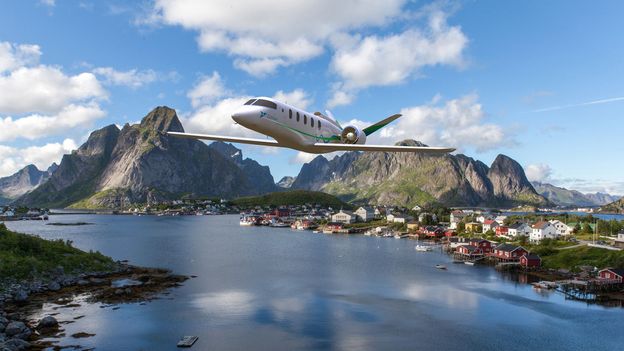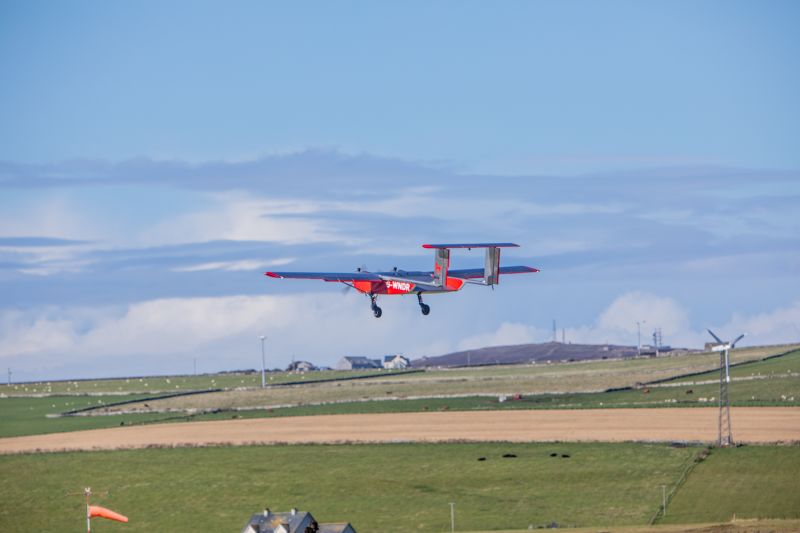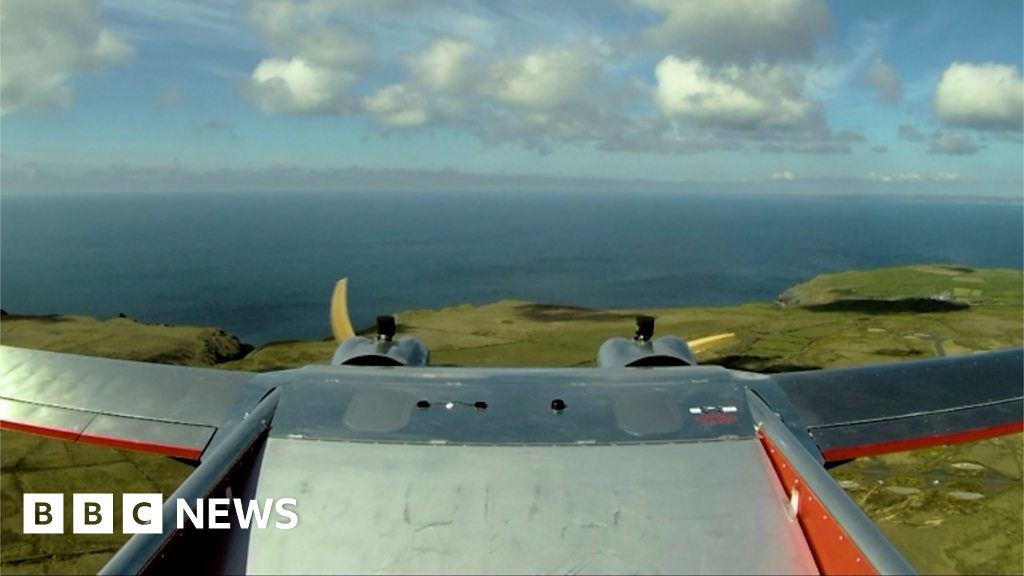Electric flight is viable for novelty headline catching stunts. It’s not viable as a serious means of passenger or cargo transport. The battery technology isn’t sufficiently developed and is many decades off being so. Hydrogen might be an answer one day, but that’s still a very long way off.the test flight of an 8-person Cessna earlier this year was a success:
QUOTE:
It’s a far cry from the 200-300-seater jet that takes you on weekend city breaks or work trips, never mind the huge double-decker planes that cross continents. But the “eCaravan” test flight was a success. The two companies behind it, AeroTEC and magniX, which supplied the electric motor, are chuffed with the results. Roei Ganzarski, chief executive of magniX, pointed out in a statement that the price of flying the Cessna clocked in at a mere $6 (£4.80). Had they used conventional engine fuel, the 30-minute flight would have cost $300-400 (£240-320).

Norway's plan for a fleet of electric planes
By 2040, Norway has promised all of its short-haul flights will be on electric aircraft. It could revolutionise the airline industry.www.bbc.com
The big problem with batteries is that they don’t become lighter as the energy is depleted, something that does happen with a fossil fuel tank and that has a major bearing on aircraft range.




